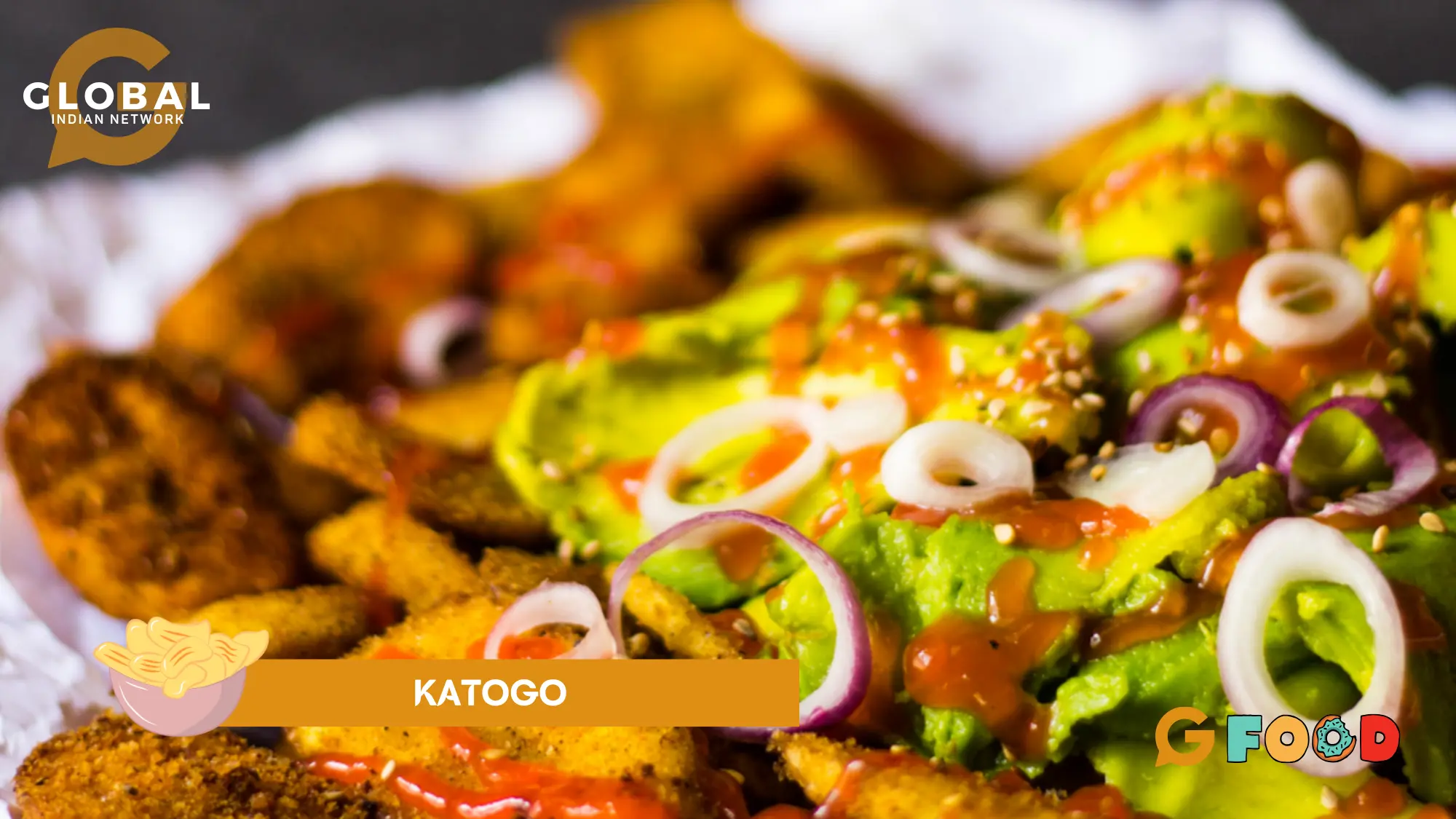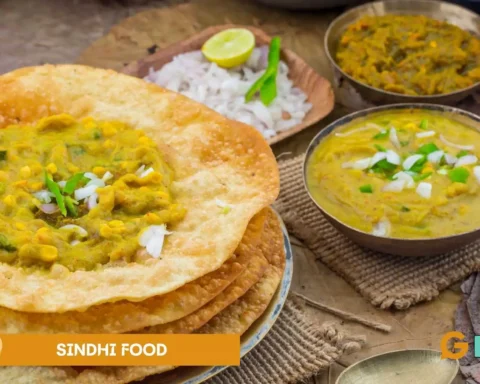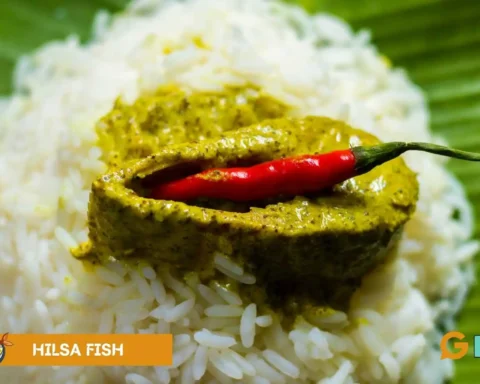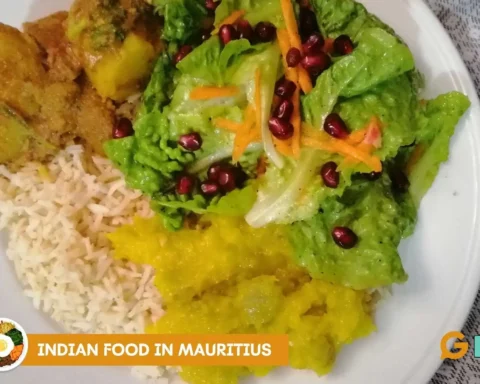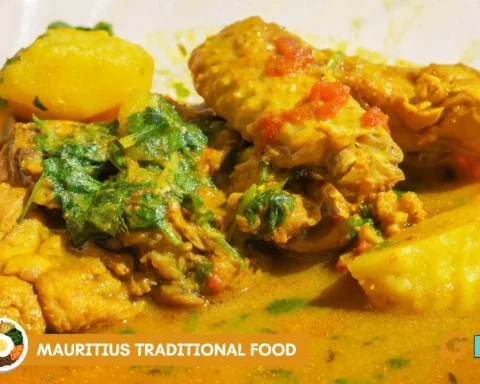Discover the art of crafting the delectable Ugandan dish known as Katogo, a culinary delight that brings together a harmonious blend of flavours and textures. Whether you’re a seasoned chef or a curious food enthusiast, Katogo offers a unique gastronomic experience showcasing Uganda’s rich culinary heritage. In this guide, we’ll take you through the journey of selecting the finest ingredients, mastering the step-by-step cooking process, and ultimately savouring the mouthwatering Katogo creation. Embrace the flavours of tradition and innovation as we delve into the world of Katogo, where every bite tells a story of culture and culinary expertise.
Table of Contents
Exploring the Key Ingredients of Katogo
Katogo, a hearty and flavorful Ugandan dish, embodies the country’s rich culinary heritage. This dish, renowned for its diversity of textures and flavours, combines a harmonious blend of key ingredients that create a mouthwatering symphony for the senses. As we delve into the heart of this traditional masterpiece, we uncover the core elements that make Katogo a beloved favourite among locals and an intriguing exploration for culinary enthusiasts worldwide.
Irish Potatoes: A cornerstone of Katogo, Irish potatoes contribute a satisfying starchiness to the dish. These potatoes, widely cultivated in Uganda, are peeled and diced into bite-sized pieces. Their natural creaminess infuses a comforting element into the dish, creating a velvety contrast to the other ingredients.
Sweet Potatoes: In perfect harmony with the Irish potatoes, sweet potatoes introduce a touch of sweetness and vibrant colour to Katogo. The combination of sweet and savoury is a delightful surprise for the palate. Like their Irish counterparts, sweet potatoes are also peeled and diced, allowing their natural sugars to caramelize as they meld with the other ingredients.
Green Bananas: Also known as “matoke,” green bananas are a cherished staple in Uganda. These starchy fruits are an integral component of Katogo, adding a unique texture and flavour. Sliced and added to the mix, green bananas lend a mild, earthy taste that balances the richness of the potatoes.
Banana Leaf: A distinguishing feature of Katogo’s preparation is using banana leaves. These large, sturdy leaves are used to wrap and steam the mixture of ingredients. The banana leaf imparts a subtle, natural aroma to the dish, infusing it with a hint of the Ugandan countryside.
A mixture of Ingredients: The heart of Katogo lies in the artful combination of these ingredients. The diced Irish, sweet potatoes and sliced green bananas are layered within the banana leaf parcel. This arrangement allows the flavours to intermingle as they steam, resulting in a cohesive and tantalizing blend.
Black Pepper: To elevate the flavours and add a touch of warmth, a careful sprinkling of black pepper is added to the mixture. This simple yet impactful seasoning enhances the savoury notes of the dish, offering a well-rounded taste experience that complements the natural sweetness of the potatoes and bananas.
Step-by-Step Guide to Crafting Delicious Katogo
- Dice Irish and sweet potatoes.
- Slice green bananas.
- Clean the banana leaf.
- Arrange potatoes and bananas on the banana leaf.
- Layer until all ingredients are used.
- Sprinkle with black pepper.
- Wrap the mixture securely in the banana leaf
- Heat cooking oil over medium flame.
- Cook the wrapped Katogo to infuse flavours.
- Introduce water for steaming.
- Cover the pot; simmer for 30-40 minutes.
- Allow a brief rest.
- Unwrap, plate, and reveal the layered goodness.
- Relish the harmonious blend of flavours and textures.
- Acknowledge Katogo’s cultural and communal significance.
Variations of Katogo: From Traditional to Modern Twists
Katogo, a typical dish enjoyed across Uganda, has evolved to accommodate diverse flavours and culinary preferences. From its traditional roots as a hearty breakfast stew to modern twists incorporating innovative ingredients, the variations of Katogo offer a captivating journey through the country’s rich gastronomic landscape. Let’s delve into this culinary voyage, paying attention to the cooking process, medium heat, exact chronology, and the heartwarming essence of Katogo.
Traditional Breakfast Delight
In its most traditional form, Katogo is a breakfast delight many Ugandans enjoy. The cooking process begins with a precise chronology: diced Irish potatoes are placed in a pot with a teaspoon of oil over medium heat. These potatoes are sautéed until they start to brown, creating a delightful aroma that wafts through the air. Next, diced sweet potatoes are introduced to the pot, adding their natural sweetness to the mix. The sizzle of ingredients meeting the heated oil is a symphony of flavours in the making.
As the sweet potatoes caramelize, sliced green bananas are layered on top. This trinity of ingredients is a tribute to tradition, with each layer adding its unique contribution to the dish. A sprinkle of black pepper is the final touch, infusing the stew with warmth and depth. This combination is left to simmer on medium heat, allowing the ingredients to meld into a hearty stew. The result is a traditional breakfast dish that embodies the heart of Ugandan cuisine, offering sustenance and comfort to start the day.
Modern Twists and Creative Turns
As culinary boundaries stretch, Katogo has gracefully incorporated contemporary influences, welcoming a fusion of modern ingredients. While the cooking process remains anchored in tradition, the amalgamations have taken on a new dimension. Seafood enthusiasts can indulge in a reimagined Katogo featuring shrimp or fish, infusing the medley with an exquisite oceanic zest. The precise chronology of cooking is paramount, ensuring each component attains perfection.
For those seeking a vegetarian delight, introducing lentils or beans adds a protein-rich alternative that mirrors Katogo’s robust charm. Avocado slices, an unconventional inclusion once, have seamlessly integrated into modern interpretations, bestowing a lush creaminess that harmonizes with the ensemble. Amidst this evolution, the quintessential concept of Katogo as a breakfast staple has expanded its horizons. It now graces tables throughout the day, effortlessly adapting to diverse mealtime experiences and celebratory moments.
In this culinary dance, bananas with a sprinkle of salt, a dash of black pepper salt, and the meticulous art of stewing all meld together, creating a symphony of flavours that celebrate tradition and innovation.
Tips and Techniques for Perfecting Your Katogo
Katogo, the cherished Ugandan dish, can be perfected with expert techniques. These tips combine the art of stewing with guarding against excessive oxidation. The historical backdrop of Lake Victoria, the influence of the National Resistance Movement, the connection to the political class, and the metaphor of poor vision all add depth to this culinary journey.
Stewing, a central process in Katogo’s creation, thrives on slow, gentle heat. Layering ingredients ensures a symphony of flavours. Irish potatoes provide a solid foundation, while bananas and avocados add variety.
Lake Victoria’s proximity has shaped Katogo’s ingredients over time. This connection to the land and water mirrors the dish’s harmonious composition. Similarly, the National Resistance Movement’s impact on Uganda echoes Katogo’s evolution from tradition to modernity.
The metaphor of poor vision reminds us to treat Katogo’s ingredients with care, mirroring the delicate approach one takes with impaired sight. Like diplomatic delicacy, each ingredient contributes to Katogo’s unity.
Perfecting Katogo involves an intricate blend of stewing techniques and guarding against oxidation. This dish’s history, political relevance, and metaphorical significance enrich the culinary experience. Approach Katogo attentively, just as one would navigate through complex narratives, to create a masterpiece embodying Uganda’s cultural tapestry.
Serving and Enjoying Katogo: A Gastronomic Experience
Step into the vibrant heart of Uganda, where cultural traditions blend seamlessly with the art of cooking and embark on an unforgettable culinary journey with Katogo. A quintessential Ugandan delicacy, Katogo weaves flavours, stories, and textures that paint a vivid tapestry of the country’s heritage.
Imagine a rustic kitchen alive with the intoxicating aromas of simmering spices and bubbling pots. At the centre of this bustling scene sits a pot laden with tender chunks of beef immersed in a savoury concoction. This is the essence of pot roasting – a method that elevates basic ingredients into a symphony of taste and tenderness. The air is filled with anticipation as the pot-roasting process works its magic, turning tough cuts of meat into succulent mouthfuls that practically dissolve on the tongue.
But Katogo is more than a meal; it’s a living connection between past and present. It’s a dish that bridges generations, a testament to the skill of grandmothers who’ve perfected their secret spice blends and the innovation of young chefs reimagining tradition. The history of Katogo is enshrined in family gatherings, festivities, and daily repasts. It’s the ultimate comfort food – a warm hug that whisks you away to cherished memories.
The experience of indulging in Katogo is a sensory escapade, akin to an enthralling tale that demands to be savoured. Envision relishing a forkful of Beef Katogo alongside boiled bananas and crispy green banana chips. The play of flavours and textures is nothing short of artistry – the creamy sweetness of bananas counterpointing the savoury depth of the beef, all complemented by the satisfying crunch of banana chips.
So, the next time you encounter a steamy plate of Katogo, take a moment to marvel at the craft that turns everyday ingredients into culinary eloquence. With each mouthful, you’re not just experiencing a meal – you’re immersing yourself in a gastronomic voyage that captures the very essence of Uganda’s culinary legacy.
Elevating Flavors with Accents: A Culinary Journey
In gastronomy, introducing essential accents can often be the transformative touch that elevates a dish from ordinary to extraordinary. Green pepper, a humble ingredient, can infuse a burst of freshness and complexity that enhances the flavour profile of various dishes. As it interlaces with the other elements on the plate, it weaves a story of taste, aroma, and culture, turning a simple meal into a captivating narrative.
Imagine a hearty dish simmering on the stove, a blend of textures and aromas that promises comfort and nourishment. Amidst this culinary canvas, adding banana fingers adds a surprising twist. These golden, crisp morsels bring a delightful crunch and a sweet contrast that harmonizes with savoury components. It’s a juxtaposition that creates a symphony of flavours, much like the harmonious melodies in a captivating story.
The synergy between flavours and cultures is remarkable. Take, for instance, the combination of bananas with salt – a beloved breakfast meal in many parts of the world. With a pinch of salt, these bananas transcend their sweetness, transitioning into a delightful balance of tastes. This transformation speaks to the essence of storytelling through food – the unexpected twists that keep us engaged and eager for the next chapter.
As we venture further into the culinary narrative, the story reveals the union of green pepper and garlic paste. This dynamic duo imparts a tantalizing aroma and introduces health benefits and depth to the dish. Just as a well-crafted plot layers intrigue and emotion, combining these accents enriches the culinary experience, engaging both the senses and the palate.
The star of our story, the chicken, undergoes a metamorphosis when paired with these accents. The marriage of tender chicken pieces, green pepper, and garlic paste transports us to a world where each bite is a revelation. The flavours dance perfectly harmoniously, creating a symphony that resonates with the taste buds and stirs the imagination.
In this culinary journey, accents take on the role of characters in a captivating tale. They contribute to the narrative, shaping the plot with their nuances and harmonizing with the overall composition. Just as storytelling brings words to life, the infusion of accents breathes life into dishes, elevating them from sustenance to artistry. As you savour these flavours, remember that you’re not merely eating – you’re experiencing a narrative that speaks to the heart of food, culture, and creativity.
Conclusion
Katogo, a true masterpiece, encapsulates more than flavours—it’s a narrative of culture, innovation, and unity. From classic renditions to modern twists, Katogo’s evolution mirrors a dynamic culinary landscape. Its pot roasting, stewing, and accents weave a story that lingers beyond taste. Beyond a meal, Katogo unites generations and backgrounds, embodying Uganda’s cultural richness. With every bite, you partake in a legacy passed through time, celebrating history, creativity, and the communal joy of food. Katogo is a testament to the human connection, part of the aggregate of healthy and hearty meals, transcending nourishment to become a cherished tradition that binds us all.
FAQs
What do we call katogo in English?
Katogo in English is often called a “one-pot stew” or a “combination dish.”
What are the benefits of katogo?
Katogo offers a balanced and hearty meal, combining proteins, vegetables, and sometimes fruits, providing a source of essential nutrients and energy in one dish. Additionally, its versatile ingredients allow adaptations to cater to different dietary preferences and nutritional needs.
How to make katogo of cassava and beans?
To make cassava and beans katogo, boil cassava and beans until tender. Sauté onions, garlic, and tomatoes; add the boiled cassava and beans, along with water or broth. Let it simmer until flavours meld, and the mixture thickens.
What is katogo in Uganda?
Katogo in Uganda is a traditional dish that consists of a one-pot stew made by combining various ingredients such as meats, vegetables, and starches, creating a flavorful and hearty meal.




